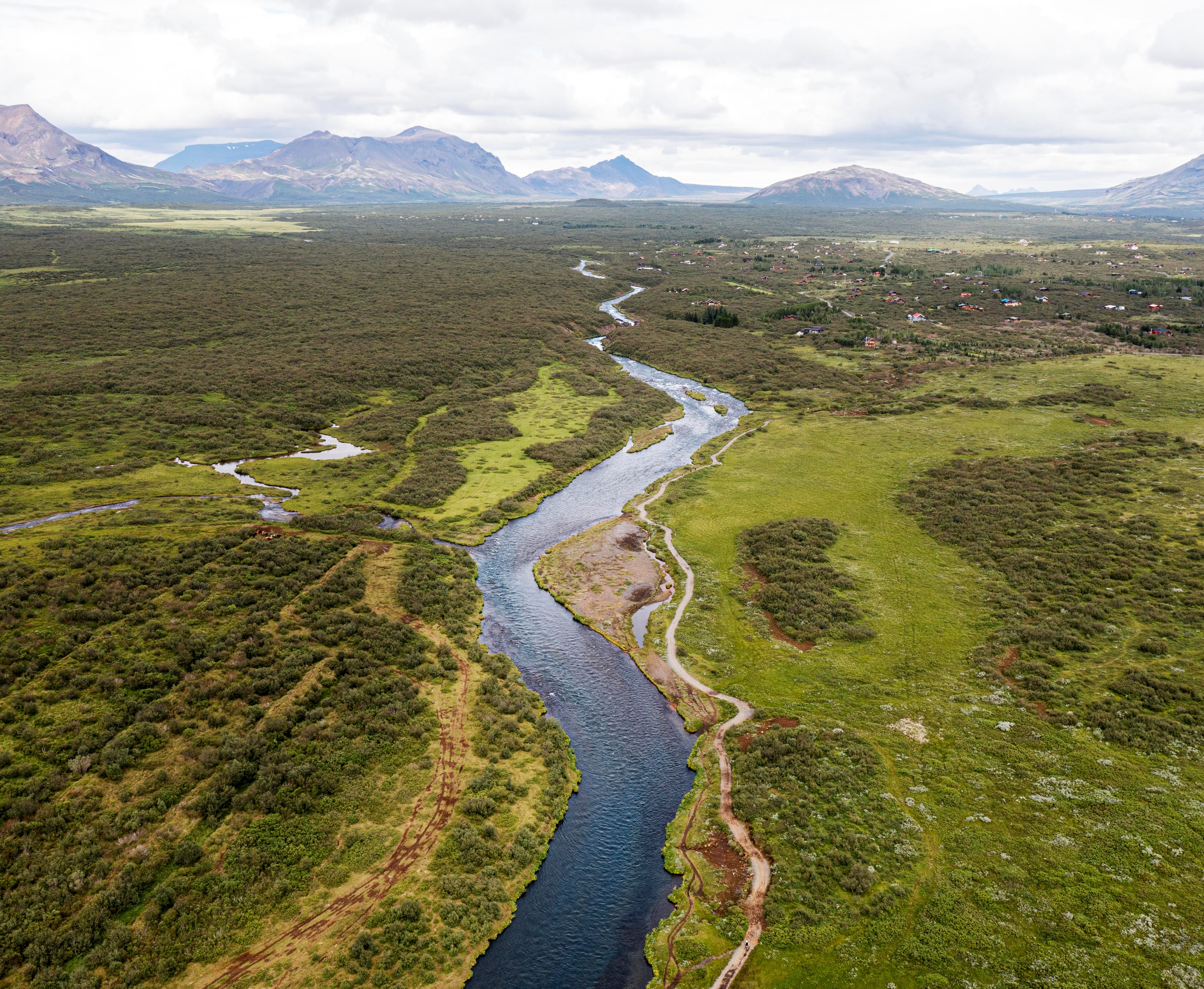ISO 14046 WATER FOOTPRINT VERIFICATION

What is a Water Footprint?
Water has an important place in life for all living things. Irrigation, bathing, washing, cleaning, cooling and processing. As a result, too much water is consumed and polluted. On a global scale, most of the water use is in agricultural production, but the amount of water consumed and polluted in the industrial and local sectors is too high to be underestimated.
In this direction, various studies have been carried out to reduce this consumption. The necessity of making a measurement in terms of reducing consumption has been revealed. As we know, we cannot manage what we cannot measure. The process to be done will appear as a Water Footprint.
The Water Footprint can be seen as a comprehensive indicator of the allocation of freshwater resources alongside the traditional and limited water withdrawal measure. A product's water footprint is the volume of fresh water used to produce the product, measured over the entire supply chain. It is a multidimensional indicator that shows the water consumption volumes and contaminated volumes according to the pollution type; All components of the total water footprint are indicated geographically and temporally.
The Blue Water Footprint refers to the consumption of blue water resources throughout a product's supply chain. "Consumption" refers to the loss of water from the available ground surface water body in a catchment area. Losses occur when water evaporates, returns to another catchment area or sea, or is incorporated into a product.
The Green Water Footprint green refers to the consumption of water resources.
The Gray Water Footprint denotes pollution and is defined as the volume of fresh water required to assimilate the load of pollutants, given natural background concentrations and current ambient water quality standards.The water footprint is an indicator of freshwater use that looks at the indirect water use of the consumer or producer.
The ISO 14046 Standard has been developed by ISO, which provides guidance on Calculating the Water Footprint. Businesses can reveal their Water Footprints by working according to the ISO 14046 Standard. In order for the Water Footprint calculated as a result of this process to be accepted internationally, the verification process is carried out by receiving services from the organizations that provide verification services on ISO 14046.
What is ISO 14046 Standard?
ISO 14046 Water Footprint Standard is the standard that provides guidance on calculating the amount of fresh water polluted and the amount of water recovered as a result of direct and indirect activities. ISO14046 sets specific rules and requirements for water footprint calculations of organizations, products and processes. ISO 14046 Water footprint Standard; It is an environmental calculation technique to measure the amount of water consumed by companies producing products, production, R&D and services as a result of their activities.
How and From Whom Can ISO 14046 Certificate Be Obtained?
ISO 14046 Certificate; A Report, Certificate, in which the companies that have made the Water Footprint Calculations for a certain Monitoring Period according to the ISO 14046 Standard and have met the relevant requirements of the standard are evaluated by the International Audit Firms by checking the calculations according to the relevant monitoring period or year, and verified at a certain level of confidence as a result of the evaluations made. or Document.
You can refer to Kioscert for more information.

